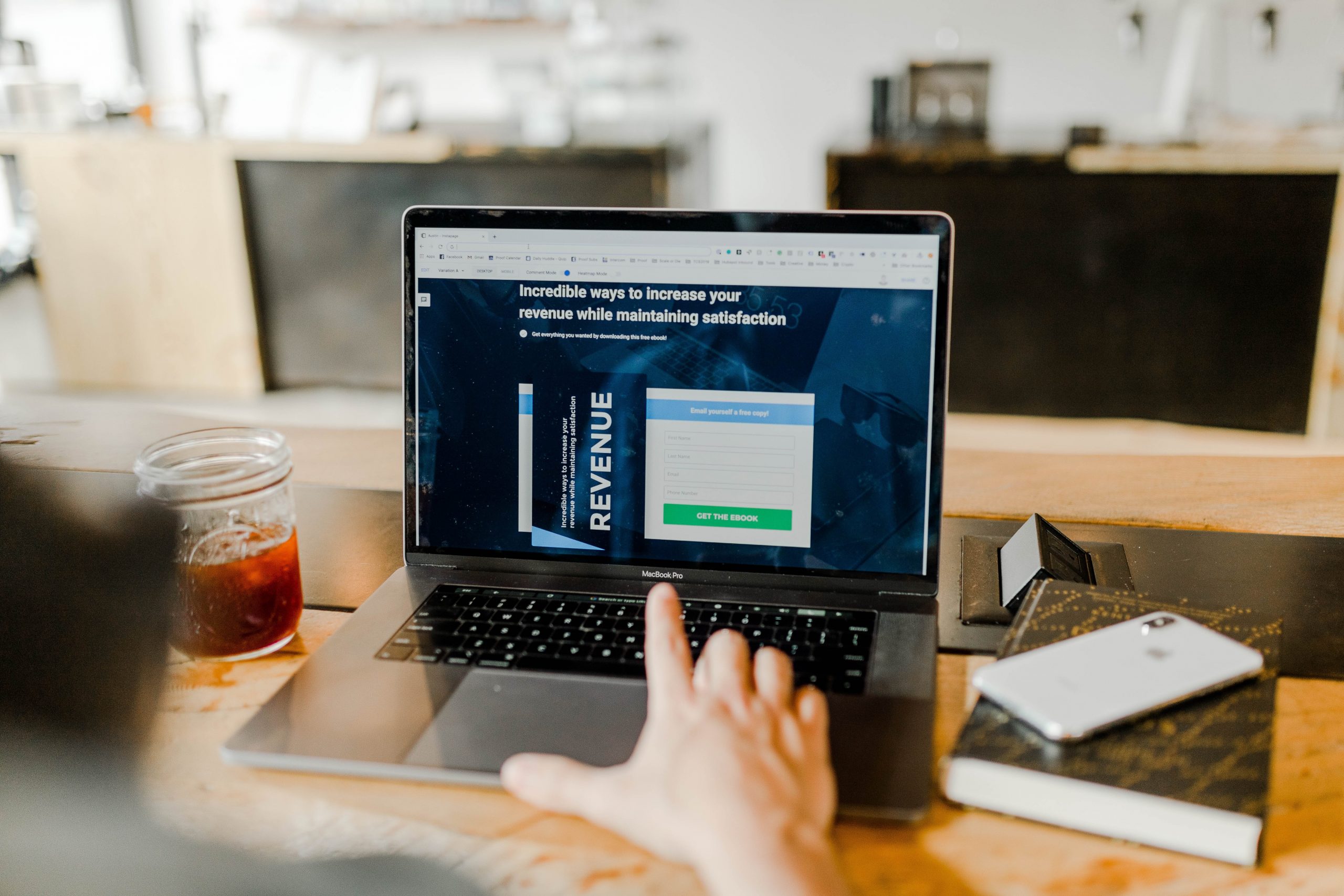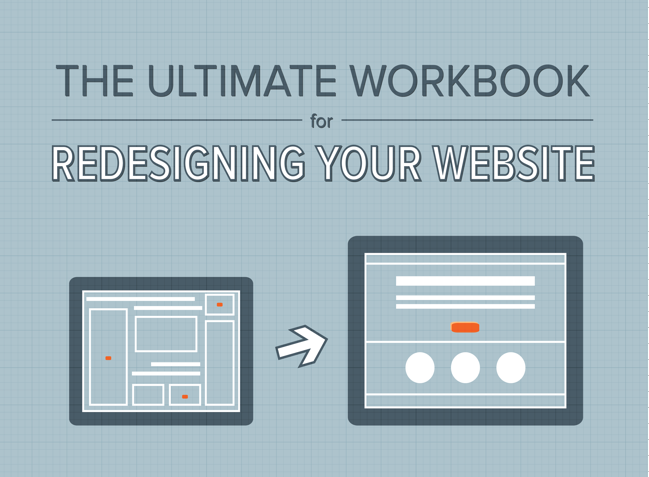Parts 1 and 2 of this series on growth hacking were all about the process of bringing customers into your sphere of awareness, and acquiring them in the sense of getting them to engage with you on an informational level. Once those steps are complete, it’s time to progress to the crucial turning point of activation.
Activation converts casual visitors into users or customers who are in falling in love with what you have to offer. This is largely dependent on how good an experience they’re having. For example, if you acquire people through an email signup and then immediately start hard-selling them, or present them with a website or app that’s difficult to use, you’re going to find yourself with high abandonment rates and people who are unsubscribing in droves. On the other hand, if users are having a good time and finding your product or service useful, then they’re much more likely to stick around and be open to other things you might present to them.
This is why these first three steps of the Pirate Funnel are so important – they’re your opportunity to demonstrate the value of what you have to offer, and to show your visitors that you truly care about the quality of their experience. The idea is that great initial interactions will encourage people to come back for more.
This part of the onboarding process can be accelerated in a number of ways, but one of the more popular techniques is to gamify it. For example, certain special features of your website could be unlocked for users who complete a task (like filling out a profile page and uploading a user photo), or you could create ways for users to earn discounts or freebies by completing certain actions.
Activation success can be tricky to measure, because it’s largely based on an emotional response within the user. Here are some techniques for gaining insight on how well your customers are activating:
- A/B testing. App and website design can make or break a user experience. Testing some options to see what users respond to is essential to let your designers and developers know what is performing strongly, and what things need to be adjusted.
- Ask for feedback directly. It make seem obvious, but it’s surprising how infrequently businesses do this in the early stages. After a user has their first experience with your business, ask them to take a quick survey, or simply send out a followup email asking what you could do to make them even happier.
- Make yourself enthusiastically available through multiple channels (live chat, email, social media messaging), and be diligent about responding to messages promptly. Be excited about talking to your users, because learning about their individual experiences is important.
Now that we’ve talked about the three A steps, next time we’ll be moving on to the first of those all-important Rs: Retention.
Cogo Interactive is an award-winning digital marketing agency specializing in online marketing strategy, web design, SEO and social media marketing. We work with clients in Virginia, Maryland, Washington, DC and across the nation.







